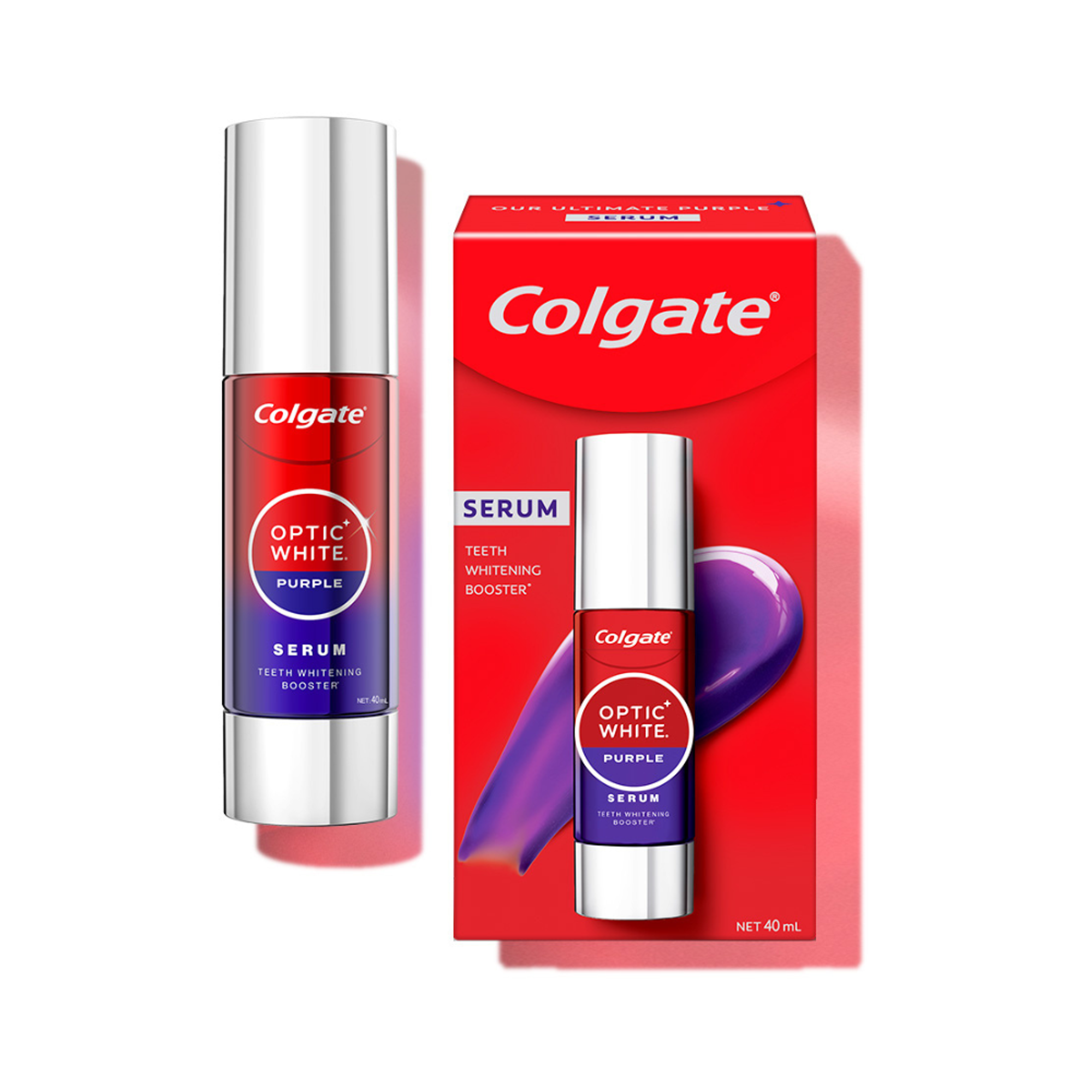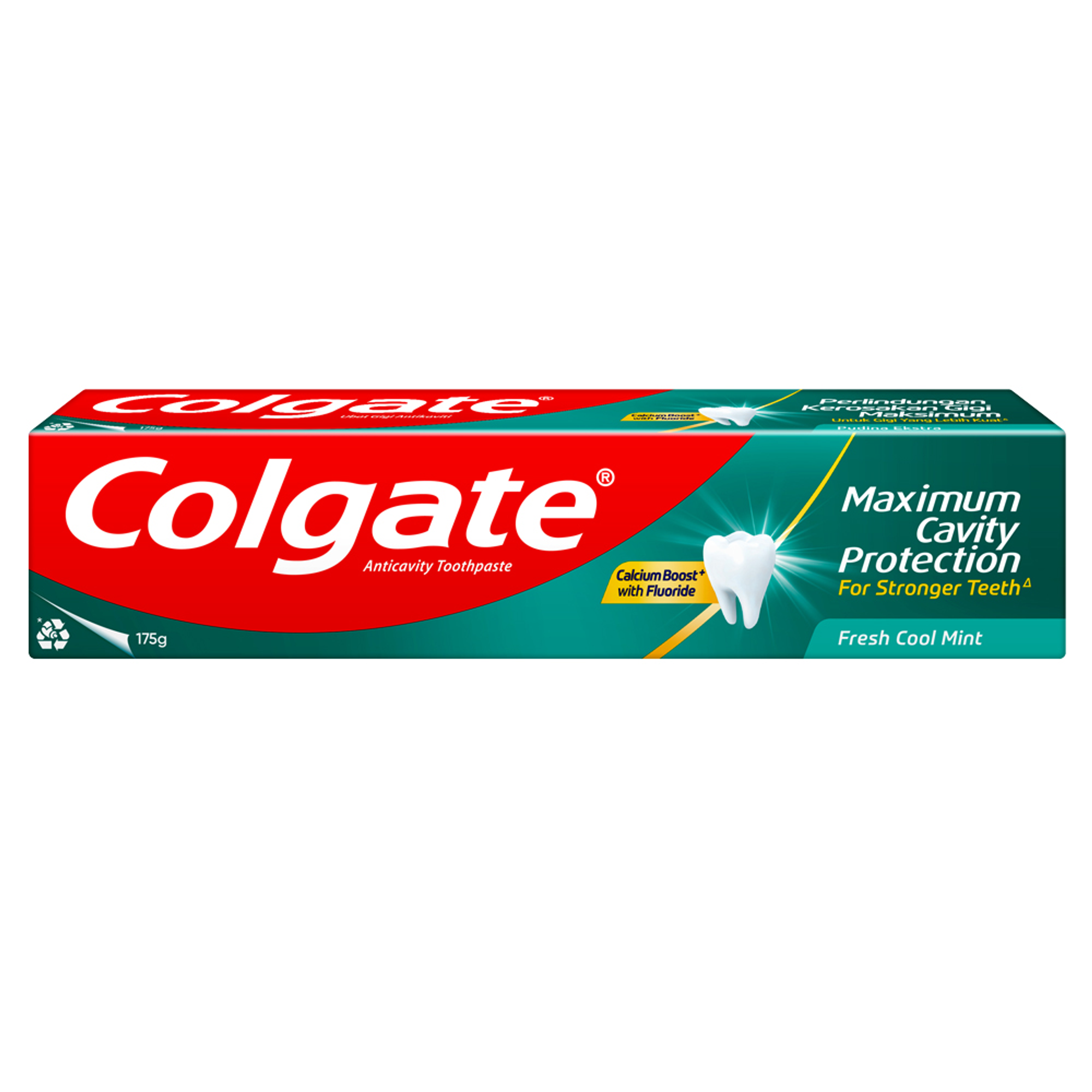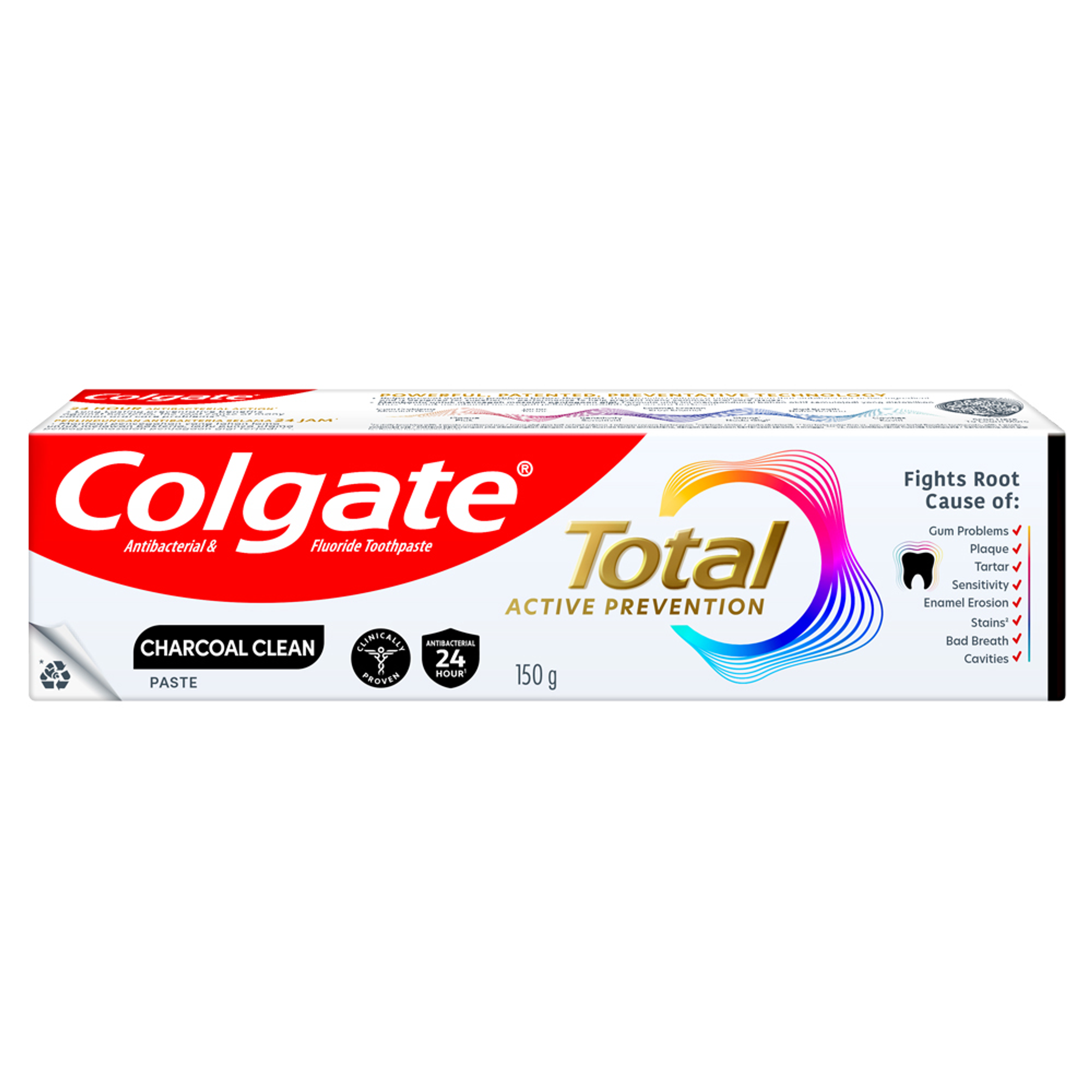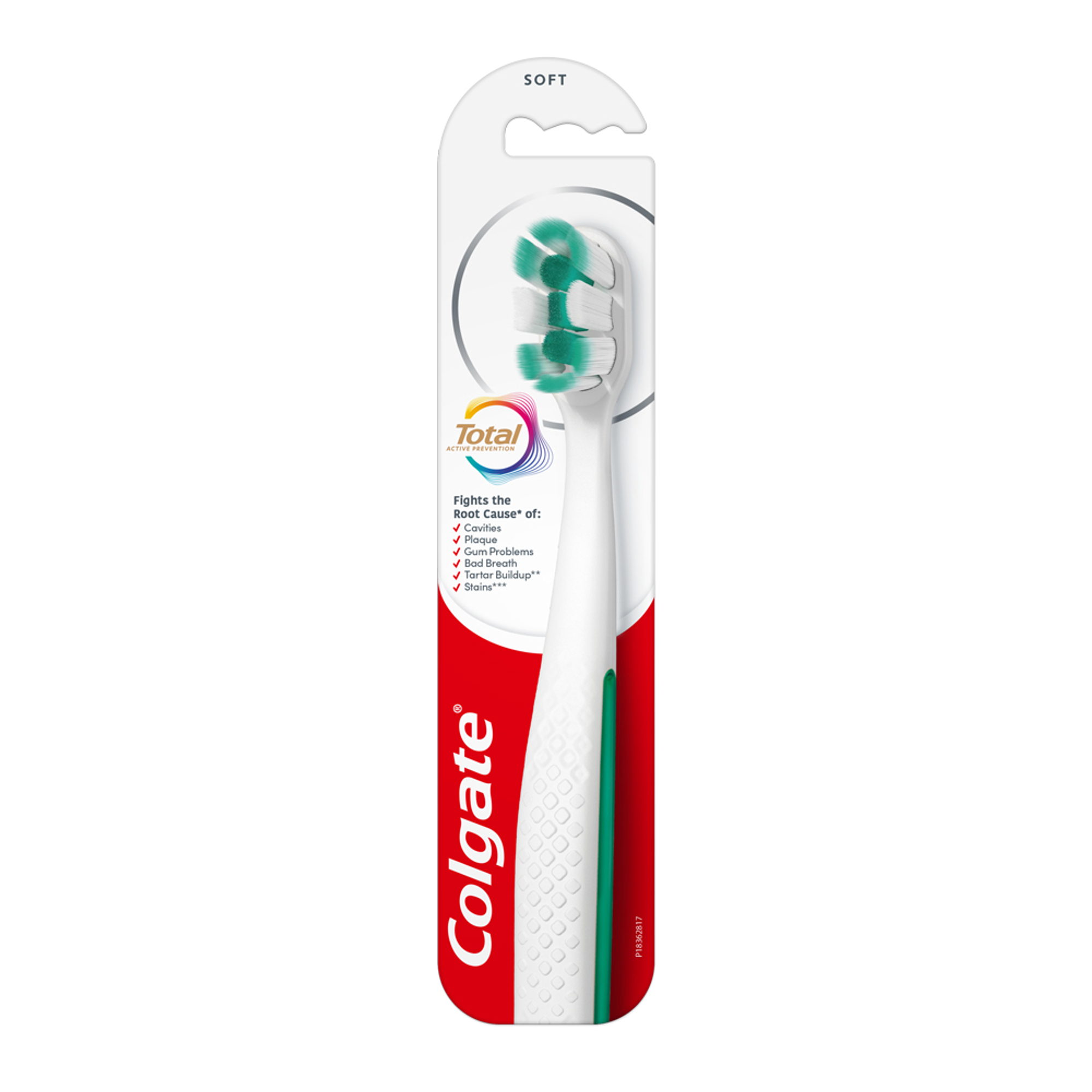-
-

FLUORIDE
Discover how stannous fluoride toothpaste prevents cavities and other oral health issues. Learn the key benefits of fluoride for teeth and its best uses.Fluoride plays a vital role in oral healthcare...

TEETH WHITENING
Teeth Whitening Serum for a Brighter, Confident SmileWho does not want whiter and brighter teeth? Thanks to the many teeth-whitening products available today...
-
Science & Innovation
- Colgate® | Toothpaste, Toothbrushes & Oral Care Resources
- Oral Health
- Choosing the Best Toothbrush for You


Brushing your teeth is an essential part of your daily oral care, and selecting the right toothbrush is the first step in optimising that routine. But the best toothbrush for the job depends on a variety of things that are unique to you. People struggle when surrounded by so many choices for this reason, especially when your dental professional isn't next to you to help you choose wisely.
When determining which toothbrush to choose, the first question you need to answer is, what are your dental needs? Many people have sensitive teeth, whereas others struggle with plaque retention along the gum-line or directly on the tongue. All brushes have some universally beneficial features, though, and there are specific toothbrushes available to address the needs of each individual user. Here's how to find a product that is both safe and effective while still addressing your specific dental concerns:
The Brush Head
One important factor when choosing a toothbrush is the texture and material of the brush head – which should be constructed with soft nylon bristles. Although many brushes in the store are labelled "medium" or "firm," it's best to use a brush labelled "soft" or "extra soft". Why? These brushes support gentle bristles that allow for adequate plaque removal without causing damage to the enamel in the process (a common cause of tooth sensitivity).
It is also preferable that the bristles on the brush be of varied lengths. This allows for the proper cleansing of the teeth by accessing the naturally deep grooves of your teeth with each stroke – particularly along the gum line where the teeth are in contact with one another.
The Bristles
The best toothbrush can also have added benefits to very basic features. This allows you to access areas where plaque bacteria love to hide and remove these germs before they can harm the enamel.
Brushes like these also have gentle polishing cups that retain the toothpaste in the brush, allotting a longer amount of time for the ingredients in the toothpaste to maintain contact with the surfaces of the teeth. This allows the toothbrush user to receive the full benefits of the toothpaste, such as enamel strengthening and stain removal.
Peripheral Cleaning
Keep in mind that your toothbrush shouldn't just help your teeth; your oral cavity's soft tissue needs love too. Another feature that is great to have on a toothbrush is a tongue and cheek cleaner. In the past, tongue cleaners were only available as separate tools. New innovations in toothbrush manufacturing now put this feature right on the back of the brush head, so you can use the soft bumpy ridges to remove bacteria from the surfaces of the tongue immediately after finishing with your teeth. This added benefit ultimately decreases the occurrence of bad breath, making the whole mouth feel cleaner as it cleanses not only the tongue, but the inside of the cheeks and gums.
When in doubt, ask your dental professional for guidance. They can help you ensure that the best toothbrush is also right for your specific dental needs so you don't navigate the oral care isle without knowing what to look for.
Related Products

Helping dental professionals
More professionals across the world trust Colgate. Find resources, products, and information to give your patients a healthier future










